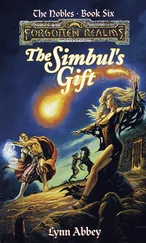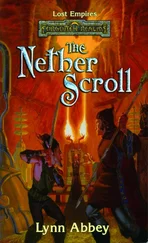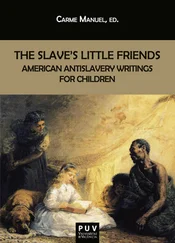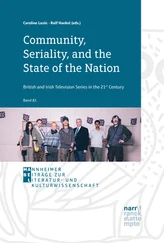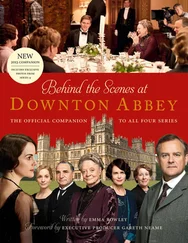
Second, because of the peculiar idea of what being Mediterranean means. According to the ad, it is associated with being forever young, spontaneity, partying all day long, romance, sensuality and sex, drinking, eating and sleeping. Actually, this is a very restricted view of a certain type of Mediterranean holiday. It makes no reference to other facets of the culture and much less about the life of people within that geographical area. To reinforce this preconceived happy-go-lucky positivism, we see images of the untouched Mallorca–a far cry from the crowded, high-rise urban areas of Magaluf, Sa Porrassa, or Palma Nova. Added to this, we hear lively music and see frenzied activity through agile and dynamic montage sequences. Despite the apparent universality of this commercial, which could be understood by any young European (unsurprisingly Mallorca is an icon of the Spanish fiesta ), there exist local elements that anchor the general discourse of this advertising to a specific environment, namely the typical architecture of the houses of Serra de Tramuntana (28 seconds into the ad), a game of dominoes (60 seconds into the ad), or Tomeu Penya (103 seconds into the ad); a Mallorca singer-songwriter who is also well known in Catalonia.
Barça-Estrella Damm (Length: 120 seconds)
The Barça-Estrella Damm ads are also created by the Villarrosàs agency of Barcelona. This particular advertising campaign is designed to reinforce brand values. In this case, the brewery joins forces with the football club in order to highlight the brand values they share. What is of interest here is the contrast with the Serra de Tramuntana campaign. However, in this case there are also two elements, which could be considered very Catalan, one is of a culinary nature, la escudella , a type of traditional stew, and the other, is a football club, el Barça . Both are inimitable and part of the essence of being Catalan. The idea behind the ad seems to be to imbue the beer with the same kind of inimitable status that la escudella and el Barça possess.
The commercial employs several verbal and non-verbal clichés in a tongue-in-cheek fashion: the phrase “Barça is much more than a football club”, the club colours: blue and purple (blaugrana), the colours of the Catalan flag, yellow and red, etc. The clincher is that a girlfriend, no matter how beautiful, French and sophisticated she may be, can never replace a mother –at least in the kitchen.
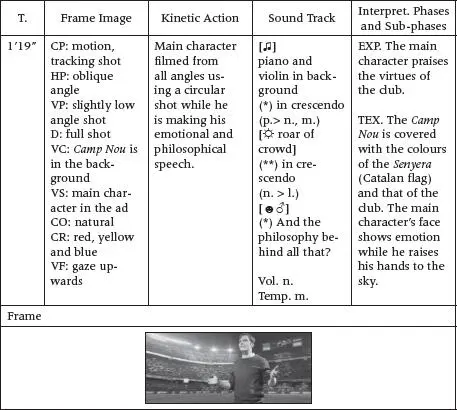
Festival de Cine Fantástico de Sitges (Length: 25 seconds)
Sitges is one of the most important specialized film festivals in Spain. The campaign plays on the sci-fi and horror-movie characteristics of the festival. Based on an idea from the Madrid advertising agency, China , the actual audiovisual production is carried out by the international advertising agency FishFilm . China is responsible for similar commercials with a fantasy film theme such as the television channels SYFY and Calle 13 , but also for large companies such as Opel, Evo Bank or Toys ‘R’ Us .
The ad recreates the atmosphere of a feature film. The idea is to generate a feeling midway between suspense and terror. To do this the producers of the ad recreate scenes that have appeared in hundreds of movies: a bus passes by at night with a single female passenger. It stops and a man with a sinister look on his face and dressed in a rumpled raincoat gets on. The man looks at the passenger, who, instead of being intimidated, stares at him defiantly. Finally, the man sneezes and turns into a pack of rats that run around the bus. However, the woman looks on as if nothing untoward is happening. The message at the end of the ad is clear: “our fans are difficult to frighten” ( els nostres fans són difícils d’impressionar ). As in the Vichy Catalán ad, the verbal element only appears at the end, allowing, on the one hand, the tension of not knowing what will happen to build up and, on the other hand, for the ad to be translated into other languages with only slight modifications.
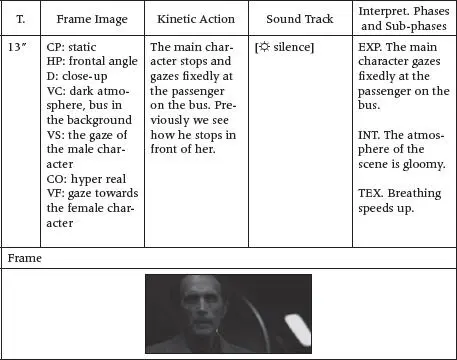
Bayer-Advantix (Length: 20 seconds)
This is a conventional campaign promoting a dog-worming product that has been present in the Spanish and European markets for decades.
The ad is the identical to the Spanish version, except for the language, i.e., Catalan. Created by the Spanish subsidiary of Global Health Care , this agency, with offices in Madrid, Barcelona and Mexico, specializes in pharmaceutical and healthcare products and services. Among other clients, it has produced advertising work for companies such as Johnson & Johnson, Lacer, Novartis , or Unilever . The agency is associated with DDB , one of the most important advertising agencies in Europe and worldwide.
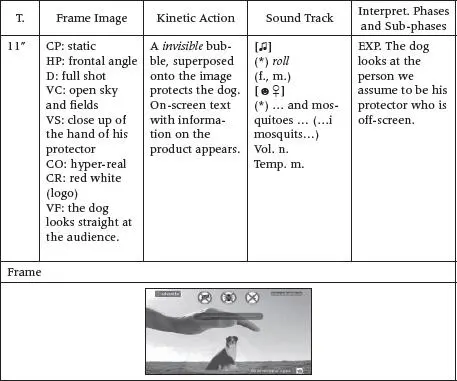
This campaign is interesting due to the simple association that it makes between concepts. The advertisement starts with several people attempting to avoid being bitten by mosquitoes. Then a voice says: “your dog trusts in you to protect it” ( el teu gos confia que tu el protegeixis ). The discourse associated with pets, especially dogs, is based on protection and loyalty. In this case, while highlighting the benefits that the product has on the health of the dogs by listing, one by one, the types of parasites that it eliminates (8 seconds into the ad), it emphasizes that they cannot care for themselves. Faced with these threats, it is the owners who must act.
Voll Damm (Length: 60 seconds)
The 2012 campaign reinforces the importance of the double malt manufacturing process that characterizes this beer. This is an idea which has traditionally been promoted by the Voll Damm brand. In the Catalan version there are no differences except for the language–Catalan instead of Spanish–and on-screen text recommending responsible drinking habits. It is a creation of the agency SCPF , run by the renowned Barcelona publicist, Toni Segarra, who is also the principal creator of the brand’s slogan. His agency has produced many other ads nationally and internationally for well-known brands such as BMW or Evax .
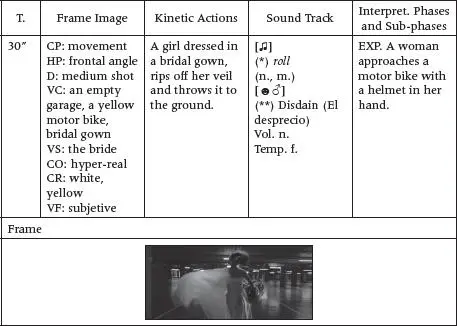
The first thing that surprises one is the level of aggressiveness transmitted by the images in this commercial. It starts with a frontal image of the boxer approaching the ring. The boxer does not look at the viewer, but what lies ahead of him. Immediately, as if he had accepted a challenge, he starts to run and goes on doing so for the rest of the 60-second ad. From this point, we only see his back, which changes as other characters appear: a rugby player, a paratrooper, a firefighter, an aggressive executive, etc. During this phase the narrator emphasizes the ideal of a challenge. The point of view only changes at the end of his run.
Читать дальше






